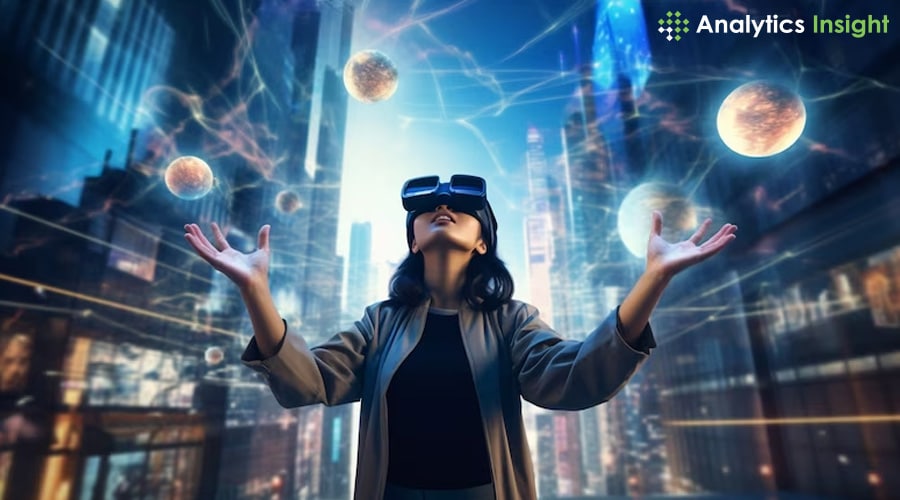 Unlocking the Future of Gaming: How to Build Virtual Worlds with Crypto Tools
Unlocking the Future of Gaming: How to Build Virtual Worlds with Crypto Tools
The concept of a gaming metaverse, a virtual universe where players can interact, create, and explore across multiple games and platforms, has captured the imagination of gamers and developers alike. With the emergence of blockchain technology and cryptocurrencies, building virtual worlds has become more accessible and decentralized than ever before. In this article, we’ll delve into the exciting realm of gaming metaverses and explore how developers can leverage crypto tools to create immersive virtual experiences. From blockchain-based assets to decentralized economies, we’ll uncover the key components of building virtual worlds and discuss the potential impact of gaming metaverses on the future of gaming.
1. Understanding Gaming Metaverses:
A gaming metaverse is a collective virtual space where players can interact with each other and with digital assets in real-time. Unlike traditional video games, which are often limited to predefined experiences and closed ecosystems, gaming metaverses offer an open and interconnected environment where players can move freely between different games, worlds, and experiences. In a gaming metaverse, players have the freedom to create, own, and trade virtual assets, participate in social activities, and engage in various forms of gameplay. These virtual worlds are powered by advanced technologies such as blockchain, which provide security, transparency, and decentralization.
2. Leveraging Crypto Tools for Development:
Blockchain technology and cryptocurrencies play a central role in the development of gaming metaverses, offering a range of tools and platforms for developers to utilize. Crypto tools enable developers to create and manage digital assets, implement decentralized economies, and facilitate secure transactions within virtual worlds. Platforms like Ethereum, Flow, and Binance Smart Chain provide robust infrastructure for building blockchain-based games and virtual experiences. Additionally, non-fungible tokens (NFTs) have emerged as a powerful tool for representing ownership of in-game assets, allowing players to buy, sell, and trade digital items with verifiable scarcity and authenticity.
3. Designing Immersive Virtual Experiences:
Creating immersive virtual experiences is essential for the success of a gaming metaverse. Developers must design engaging environments, compelling narratives, and interactive gameplay mechanics to captivate players and keep them coming back for more. By leveraging advanced graphics technologies, dynamic AI systems, and procedural generation techniques, developers can craft virtual worlds that are rich in detail and teeming with life. Furthermore, integrating social features such as chat systems, multiplayer interactions, and collaborative building tools enhances the sense of community and fosters player engagement within the metaverse.
4. Building Decentralized Economies:
Decentralized economies are a hallmark of gaming metaverses, enabling players to participate in the creation, distribution, and exchange of value within virtual worlds. By implementing blockchain-based token economies, developers can establish transparent and trustless systems for rewarding players, incentivizing participation, and fostering economic growth. Smart contracts, programmable tokens, and decentralized finance (DeFi) protocols provide the infrastructure for building sophisticated economic models within gaming metaverses, where players can earn, spend, and invest in virtual assets with real-world value.
5. Embracing Interoperability and Standards:
Interoperability and standards play a crucial role in the success of gaming metaverses, allowing seamless integration and interaction between different platforms and experiences. By adopting open standards and protocols, developers can ensure compatibility and interoperability across various virtual worlds, enabling players to carry their assets and progress between different games and environments. Additionally, interoperability fosters collaboration and innovation within the developer community, as creators can leverage shared resources, tools, and assets to build upon each other’s work and create richer, more interconnected experiences.
This news is republished from another source. You can check the original article here



